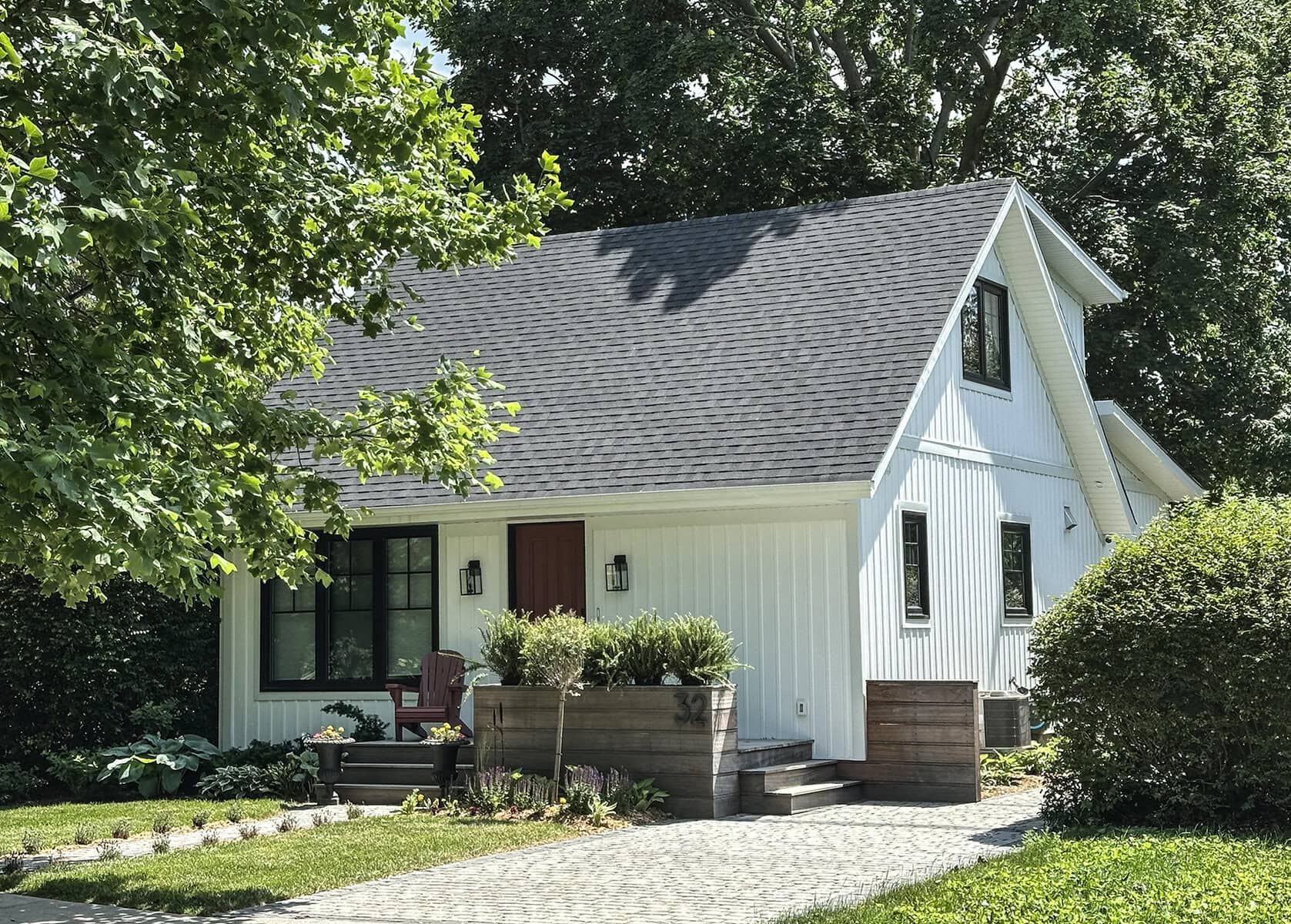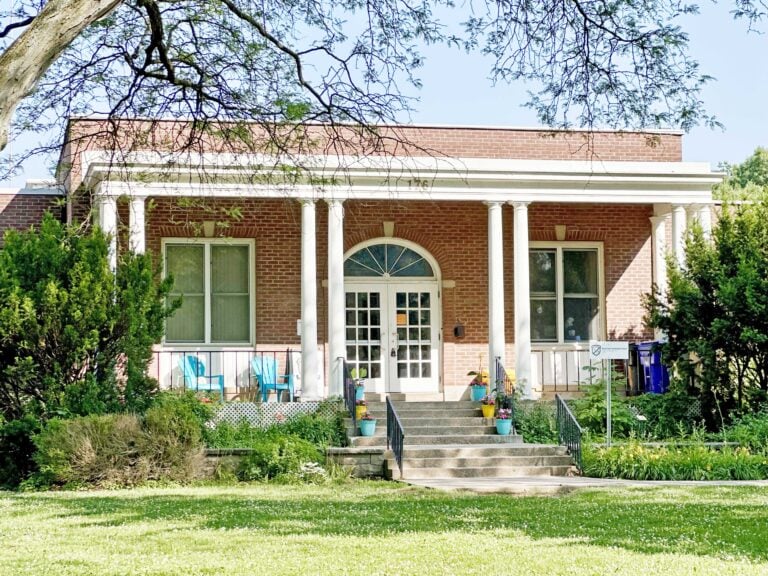Well, a few days ago, Canada Mortgage and Housing issued their report card on housing starts, which took place during the period of Jan. 1 to May 31, 2025, and it isn’t pretty.
Despite having passed a series of legislative bills into law between 2019 and 2025 that purported to be the “solution” to Ontario’s housing crisis — including Bill 108, the More Homes, More Choice Act (2019), Bill 23, the More Homes Built Faster Act (2022), and etcetera — it appears that the Ford government simply cannot put rubber on the road to get results.
Even handing out bags of taxpayers’ money to municipalities through their 2023 Building Faster Fund, established to “reward municipalities that make significant progress” towards their provincially set housing targets — in the second round of cash rewards, St. Catharines, Niagara Falls and Welland received a combined total of nearly $6.8 million — doesn’t seem to have made any real difference.
Bluntly, housing starts in Ontario during the first five months of 2025 are down 29 per cent compared to the same period in 2024, while here in Niagara we’re a little better than the averaged provincial stat, coming in at a reduction of 23 per cent.
Now, your immediate reaction may be to blame this situation on the economic chaos and uncertainty created by the mercurial, fly-by-the-moment, generally confrontational actions of U.S. President Trump south of the border.
And, insofar as the current resale market in real estate is concerned — which, in a recent conversation with an IT professional who has worked in the real estate sector for more than 20 years, he described as “unlike anything I have ever seen with massive numbers of listings while committed buyers are very few and far between” — it may be partially true.
That said, the reduction of year-over-year new housing starts did not begin in 2025. In fact, this trend began several years ago and is simply a continuation of a downward trend.
Ontario’s new housing starts in 2024 versus 2023 showed a reduction of 16.5 per cent, while the year-over-year stats for 2023 compared to 2022 reveal a decline of 7.1 per cent; an erosion which began with the 3.5 per cent drop in 2022 from 2021 numbers.
Over the years, I have had the opportunity to participate in the introduction of multiple new products to the market and have observed that if, despite the best studies and marketing campaigns, a product does not resonate with the needs of consumers, in very short order sales indicate a mistake and a fundamental re-think is required.
May I humbly suggest that, for some time, the market has been stating that the need is for housing that is affordable for the first-time buyer or retired folks living on fixed incomes, not for more of the typical developments geared to the more affluent.
And, by “affordable” I mean the definition used by Canada Mortgage and Housing Corporation and Statistics Canada as a ratio of cost to income — specifically, mortgage-carrying cost or rent being less than 30 per cent of a household’s total before-tax income.
Here in Ontario, the Ford government has arbitrarily pegged “affordable” housing as an offering priced at 80 per cent of average market cost, far in excess of the aforementioned definition. Moreover, in Bill 17, they have limited the authority of municipalities to negotiate any requirement for the inclusion of “affordable” housing in proposed developments to a mere five per cent.
Apparently, the powers that be in Queen’s Park have missed or are simply ignoring the facts that the market has been sending for years. Building more of the same type of homes faster will do nothing but add to the current glut on the market of properties that a significant segment of our society simply cannot afford or, in other cases, do not want.
Based on the past several years of declining new housing starts, I suspect that a fair number of developers have recognized this reality and factored it into their business plans.
In addition, even should they wish to respond to the market and build desirable affordable housing, their ability to do so is distinctly impaired by the internal overhead costs and charges — just the latter sitting at 31 per cent of a new home’s purchase price — imposed by all levels of government.
I’d observe that Canada’s post-Second World War Wartime Housing worked because it was an endeavour supported by all levels of government to construct modest and affordable housing in accordance with pre-defined parameters in the most efficient and cost-effective manner possible.
Sadly, the Fed’s Build Canada Homes overture remains bogged down in partisan and bureaucratic debates (and that’s before any consultation with lower levels of government), with little expectation of developing a solid go-forward position soon, as a CBC article penned by Verity Stevenson (“Housing proposals during federal campaign hearken back to a different kind of war,” April 2) pointed out.
Indeed, in that same article, the University of Toronto’s Carolyn Whitzman is quoted as stating, “Supply is important, but it needs to be the right supply in the right places at the right prices.”
Perhaps the province and the feds should simply focus on what really needs to be done and then get it done.
Brian Marshall is a NOTL realtor, author and expert consultant on architectural design, restoration and heritage.










